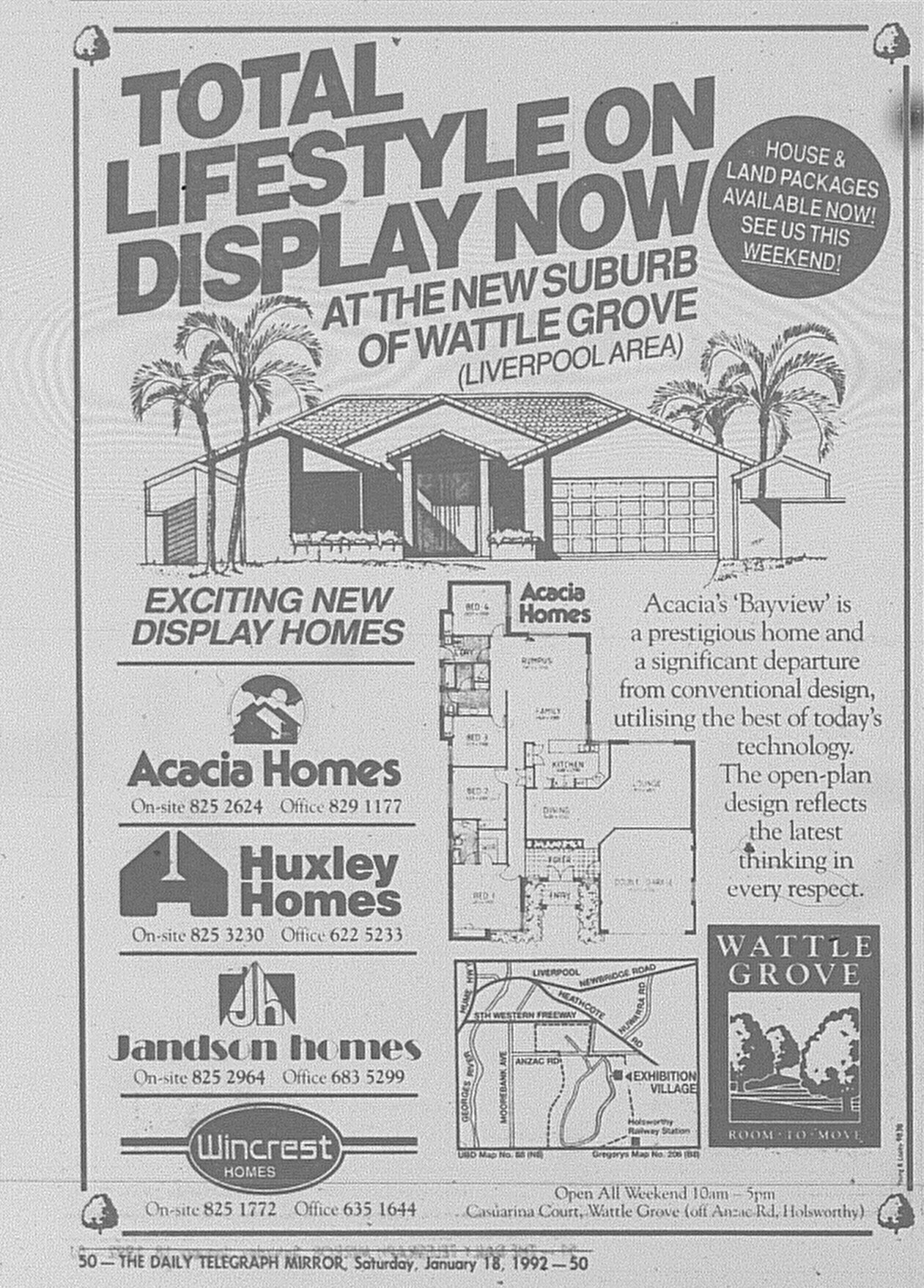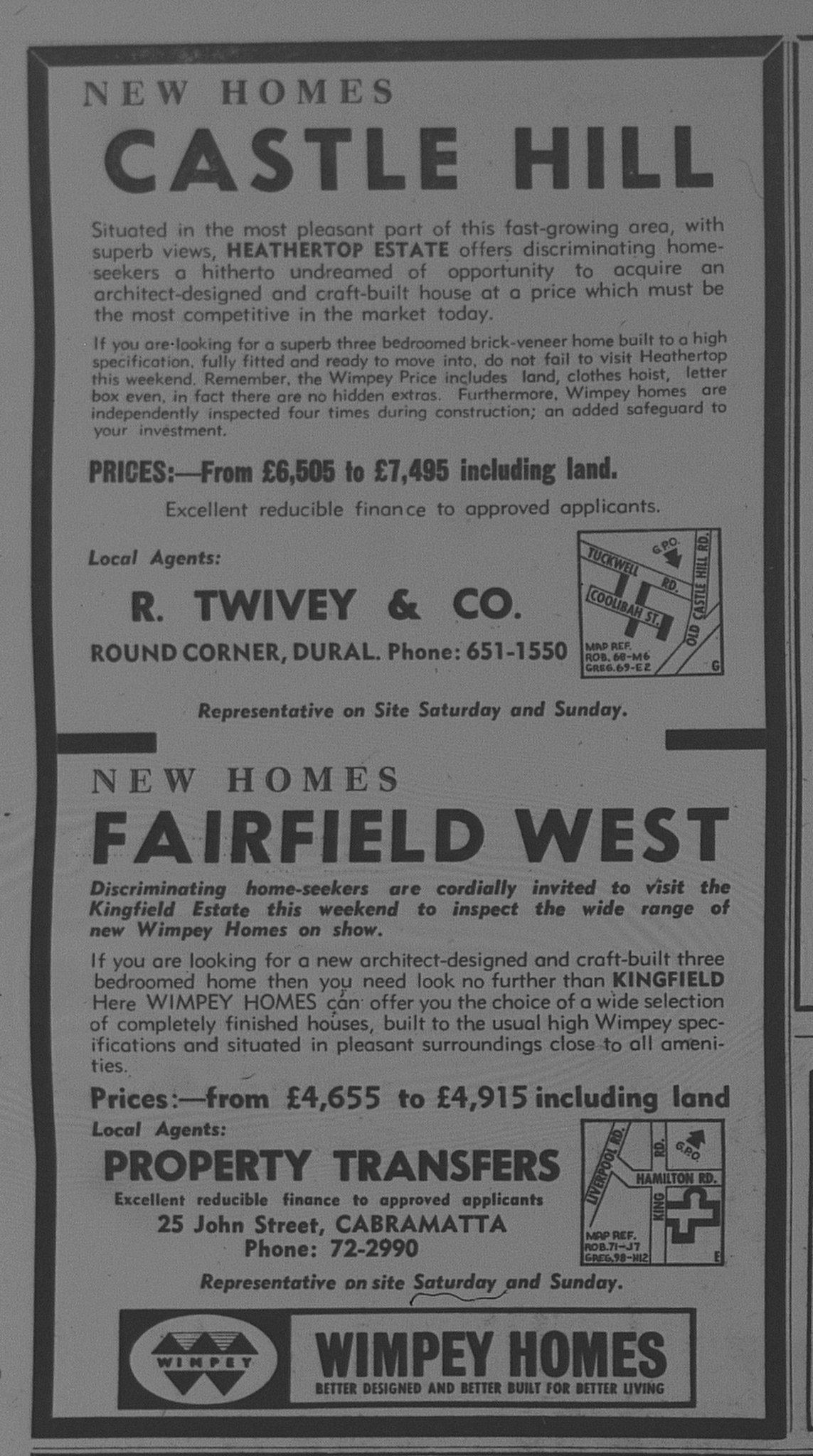This was led by Electrical and Whitegoods chains like Harvey Norman and Norman Ross. the argument was simple - Sunday provided time for people to buy goods that they needed for their homes.
Meanwhile, illegal Sunday trading continued as The Sydney Morning Herald highlighted in 1985. Hardware chains were trading on Sundays in order to compete with smaller operators, who were allowed under legislation to trade.
Source: Howlett, S. 1985. "Sunday Trade is Booming". The Sun Herald, April 2: 28.
By late 1987, Premier Barrie Unsworth announced that he would explore allowing Sunday trading in parts of Sydney. The Greiner Government was elected the following year and took it a step further. It deregulated retail trading hours from Monday to Saturday. Furniture, Electrical and Hardware Stores were permitted to trade from 10am to 4pm on Sundays.
Meanwhile, illegal Sunday trading continued as The Sydney Morning Herald highlighted in 1985. Hardware chains were trading on Sundays in order to compete with smaller operators, who were allowed under legislation to trade.
Source: Howlett, S. 1985. "Sunday Trade is Booming". The Sun Herald, April 2: 28.
By late 1987, Premier Barrie Unsworth announced that he would explore allowing Sunday trading in parts of Sydney. The Greiner Government was elected the following year and took it a step further. It deregulated retail trading hours from Monday to Saturday. Furniture, Electrical and Hardware Stores were permitted to trade from 10am to 4pm on Sundays.
Source: Taylor, T. 1988. "The shop counter revolution". The Sunday Telegraph, October 23: 4.
Other retailers could exemptions from Sunday trading laws. In 1988, Grace Bros was allowed to open their CBD store on a Sunday. It had become the first department store in Australia to trade on a Sunday.
Source: Coles Myer Ltd. 1988. "Our City Store is open Today and Every Sunday 10am-4pm (Advertisement). The Sunday Telegraph, December 11: 30 & 31.
However they were unsuccessful in gaining approval for another six of their stores to open.
Knowles, C & Bowditch, D. 1988. "Grace Bros bid to open Sundays". The Daily Telegraph, November 16: 8.
The Sydney Morning Herald did foresee that Sunday trading for all retailers was inevitable as shown in this editorial from late 1988.
In December 1989, retailers were given permission to trade on the two Sundays leading up to Christmas, after successfully persuading the NSW Government to change its decision on keeping shops closed. I posted them in a Christmas feature several years back if you wish to browse through them. The public voted with their feet (and wallets).
This was repeated through 1990 and 1991.
During 1992, Sunday Trading was introduced throughout Sydney. It began with major shopping centres or retail precincts like the Sydney CBD, Parramatta, and Chatswood and expanded through regions across the metropolitan area. By the end of the year, Sunday trading was available in all suburbs. The argument by big retailers was that it was shoppers, not the law that should determine when a shop should be open. The State Government also passed legislation that finally led to deregulation of standard retail hours.
For your interest, I have also included another editorial relating to Sunday trading as The Sydney Morning Herald saw it in 1992.
For the first time too, Post Christmas sales could also commence on a Sunday as December 27 was the first day that trade could be allowed after Christmas. It happened that December 27 fell on a Sunday that year.
When you look at Sunday trading 25 years later, shoppers have voted with their feet. How hard is it to find a place to park your car on a Sunday if you are at a major shopping centre? There are some that would prefer that the shops still stay close on a Sunday on either religious or social grounds i.e. give time for people to be with loved ones, but its each of us that has the choice.
Sunday Trading was generally between 10am and 4pm, though it has now been extended to 5pm. Supermarkets and other major retailers initially had to stick to those hours, but gradually were relaxed.

















